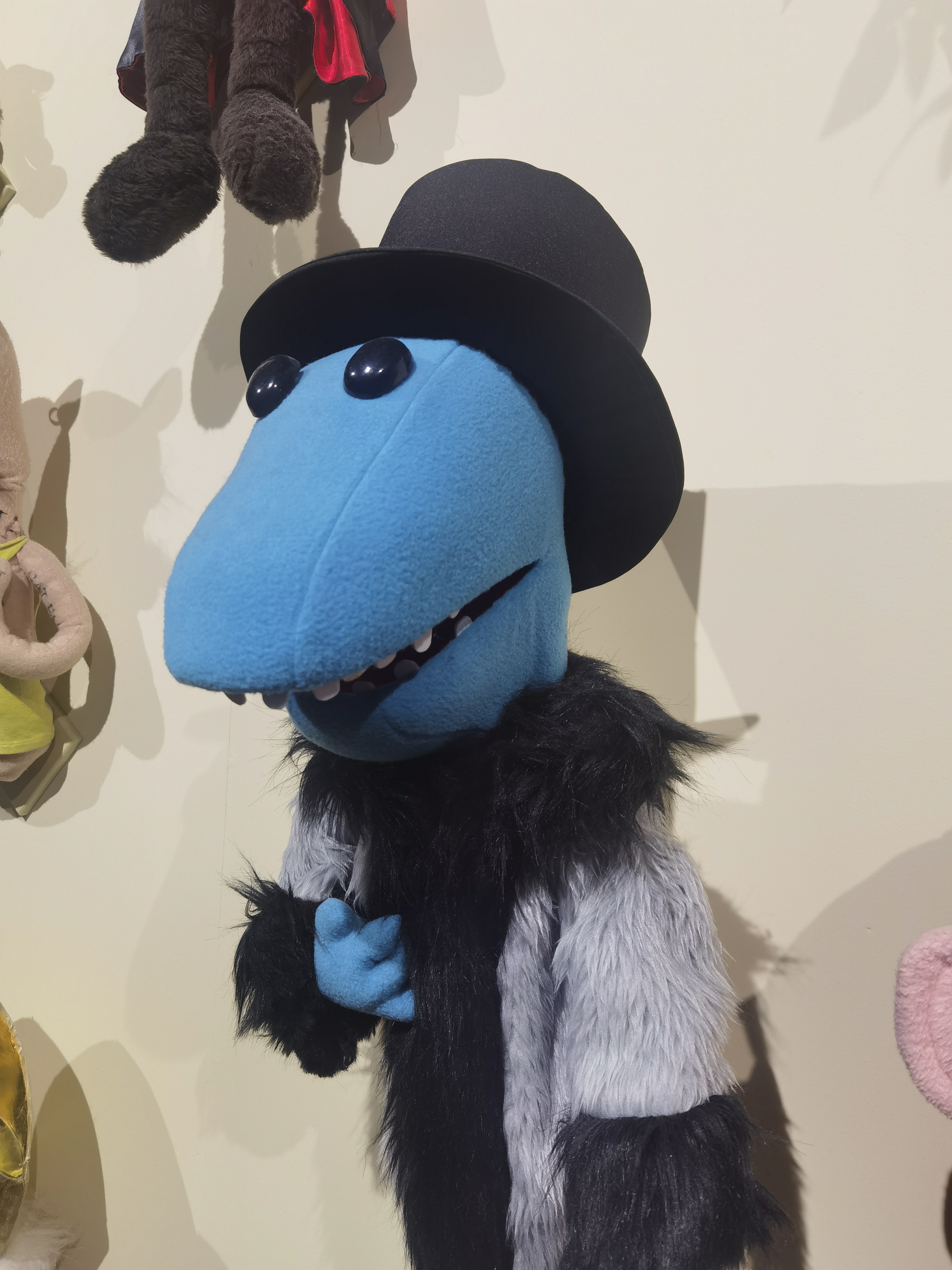grizzly bear, (subspecies Ursus arctos horribilis), common name for one of the brown bears (Ursus arctos) belonging to the subspecies U. arctos horribilis. The grizzly bear is a massive animal with humped shoulders and an elevated forehead that contributes to a somewhat concave profile. The fur is brownish to buff, and the hairs are usually silver- or pale-tipped, giving the grizzled effect for which the bear is named. The term grizzly bear, however, is often applied informally to brown bears of North America regardless of subspecies.
Large adult grizzlies may be about 2.5 metres (8 feet) long and weigh about 410 kg (900 pounds). Because of their bulk and their long straight claws, grizzly bears rarely climb trees. They are, however, surprisingly agile and can run as fast as 56 km (35 miles) per hour over short distances. Their eyesight is poor, and they have been known to attack humans without evident provocation. Females with cubs are the most aggressive.
Omnivorous animals, grizzlies feed on berries, plant roots and shoots, small mammals, fish, calves of many hoofed animals, and carrion. Food is often cached in shallow holes, and grizzlies dig readily and vigorously in search of rodents. Each spring the bear marks the boundary of its territory by rubbing trees, scratching bark, or even biting large pieces from the trunks of trees. During late summer and autumn, grizzlies accumulate large amounts of fat and then retire to dens in winter. Cubs, most often twins, are usually born in January or February after about six to eight months of gestation.
Formerly living across the Great Plains, the grizzly bear has been the subject of many Native American legends and was one of the mammals reported by Lewis and Clark in their journey through eastern Montana in 1804.
North America, grizzly bears previously ranged from Alaska down to Mexico and as far east as the western shores of Hudson Bay; the species is now found in Alaska, south through much of western Canada, and into portions of the northwestern United States (including Washington, Idaho, Montana and Wyoming), extending as far south as Yellowstone and Grand Teton National Parks. In Canada, there are approximately 25,000 grizzly bears occupying British Columbia, Alberta, the Yukon, the Northwest Territories, Nunavut, and the northern part of Manitoba.
An article published in 1954 suggested they may be present in the tundra areas of the Ungava Peninsula and the northern tip of Labrador-Quebec. In British Columbia, grizzly bears inhabit approximately 90% of their original territory. There were approximately 25,000 grizzly bears in British Columbia when the European settlers arrived. However, population size has since significantly decreased due to hunting and habitat loss. In 2008, it was estimated there were 16,000 grizzly bears. A revised Grizzly bear count in 2012 for British Columbia was 15,075. Population estimates for British Columbia are based on hair-snagging, DNA-based inventories, mark-and-recapture, and a refined multiple regression model.
Around 60,000 wild grizzly bears are located throughout North America, 30,000 of which are found in Alaska. and up to 29,000 live in Canada. The Alaskan population of 30,000 individuals is the highest population of any province / state in North America. Populations in Alaska are densest along the coast, where food supplies such as salmon are more abundant.
Megathreads and spaces to hang out:
- ❤️ Come listen to music and Watch movies with your fellow Hexbears nerd, in Cy.tube
- 💖 Come talk in the New weekly queer thread
- 🧡 Monthly Neurodiverse Megathread
- 💛 Read about a current topic in the news
- ⭐️ October Movie Nominations ⭐️
reminders:
- 💚 You nerds can join specific comms to see posts about all sorts of topics
- 💙 Hexbear’s algorithm prioritizes struggle sessions over upbears
- 💜 Sorting by new you nerd
- 🌈 If you ever want to make your own megathread, you can go here nerd
Links To Resources (Aid and Theory):
Aid:
- 💙Comprehensive list of resources for those in need of an abortion -- reddit link
- 💙Resources for Palestine
Theory:
- ❤️Foundations of Leninism
- ❤️Anarchism and Other Essays
- ❤️Mega upload with theory for many tendencies
Remember nerds, no current struggle session discussion here to the general megathread, i will ban you from the comm and remove your comment, have a good day/night :meow-coffee:


Today at the shelter we served a Thanksgiving dinner and I learned about this food called ambrosia? With like jello and marshmallows and...mayo? Anyways I, spring_rabbit, am now quite certain that the crimes of this guilty land can never be purged away but with blood.
Like really, what the fuck is this? CW: not vegan and also kinda gross
deleted by creator
If you replaced the mayo with cream cheese, greek yogurt, whipped cream, and vanilla extract in proportions that made it frosting-adjacent then that would be prime
At that point it’s just not the same lol. Ship of Theseus, vegan edition.
looks like a scandinavian dessert(maybe it's just in Denmark, not sure) That's a 'rå-creme' which is basically an uncooked pastry cream made with egg yolks, whipped with sugar, finished by folding whipped cream into it. Served with cut fruit and topped with dark chocolate shavings. Mayo is basically egg yolks and oil so I dunno... I guess you could replace the yolks in the pastry cream if you were deranged enough.
Is that salad a side for savory things or served as a dessert?
As a kid who loved Greek mythology, ambrosia was very disappointing.
As a kid who loved
Percy Jackson, I mean, Greek Mythology, I agree.Hey Percy Jackson is cool and the author is not a terf if I recall correctly. I wish Zeus would come down and smite every last ounce of Western ambrosia
Rick Riordan is awesome. He recognised how white and straight his books were and rather than doubling down and rewriting history (Dumbledore was always gay, Hermione was never white, but I’m never gonna actually show/write either of these), he literally sat down and wrote more books to address that stuff AND created RR Presents which promote other mythologies from around the world written by African, Asian, Latin American etc writers, often women.
I had no idea. What a wonderful person!
I’m trying to figure out when ambrosia went off the rails. Historic recipes from 1877 through 1949 are just fruit (mostly oranges) and coconut with maybe some added sugar.